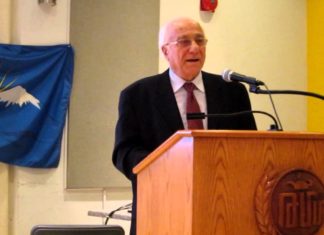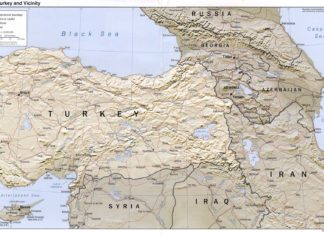By Edmond Y. Azadian
Early in October news services reported that a Turkish cab driver had beaten an Armenian woman in Istanbul and had thrown her out of his taxi upon learning that she is an ethnic Armenian. An Azerbaijani soldier, Safar Abiev, had axed to death an Armenian soldier in Hungary who was being trained in a military program. In 1955, Turkish mobs ransacked Armenian and Greek homes and businesses, killing many, in what is called the September 6 Incident. The riots were triggered by a false news report that Ataturk’s birthplace in Salonika had been bombed. Later on it was discovered that the bombing was the work of the Turkish government precisely to incite the mob.
Indeed, these incidents do not take place spontaneously. There is an anti-Armenian propaganda in both countries, fueled by official and unofficial forces to keep the hatred burning, to be used for political ends at any given moment.
The late Turkish President Turgut Ozal had once threatened Armenians “in case they had not learned their lesson in 1915.” Turkey’s former Minister of Defense Vecdi Gonul had also bragged in a Brussels conference that Turkey would not enjoy presently a unified vast territory had it not expelled Armenians and Greeks during and after World War I.
Still, on the official side, former and current Prime Ministers Tansu Ciller and Tayyip Erdogan have threatened Armenian guest workers with expulsion.
One would question why this continued campaign of hatred exists after slaughtering 1.5 million Armenians and taking over their historic homeland? The answer is clear and unequivocal: Turks live in constant fear, because they are sitting on the bones of 1.5 million victims. They are fearful also that the Sevres Treaty of 1920 may be revived and thus the land can shift under their feet. The irony is in the fact that very few Armenians believe that an unratified treaty may be brought to force one day, but for the Turks, the threat and the fear are real.








